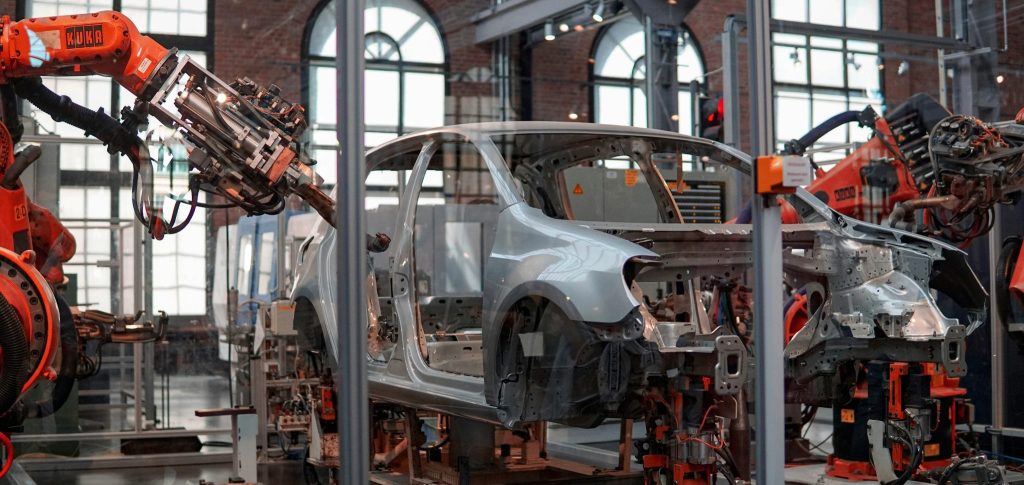


Yasmin Dalton
Consultant
When discussing potential R&D projects with new clients to ascertain whether they are eligible for R&D tax relief, the key thing that I need to know is whether or not the project contained scientific or technological uncertainty. I’ve had many conversations with clients where they have told me about super innovative projects yet implementation of the novel idea was relatively straightforward.
The definition of R&D in the tax guidelines states that R&D takes place when a project seeks to achieve an advance in science or technology. The definition goes on to state that activities which directly contribute to achieving the advance through the resolution of scientific or technological uncertainty are R&D.
In simple terms, for R&D to take place, there must have been an attempt to resolve scientific or technological uncertainty to achieve the sought advance. If we cannot show that uncertainty was present during the project, then there was no R&D (as per the R&D tax guidelines!).
The R&D tax guidelines specify that scientific or technological uncertainty arises when knowledge of whether something is scientifically possible or technologically feasible, or how to achieve it in practice, is not readily available or deducible by a competent professional working in the field.
It goes further adding that it often occurs when trying to turn something that has already been established as scientifically feasible into a cost-effective, reliable, and reproducible process, material, device, product, or service.
When we break the first part down, we must be able to demonstrate that there was some form of scientific or technological doubt present. Secondly, we need to be able to demonstrate that the competent professionals working to resolve the problem did not know with certainty that the solution would work.

In order for us to show that scientific or technological uncertainty has taken place, I usually ask two very important questions.
Was the solution to the problem available in the public domain?
Could someone with your level of competency working elsewhere in the field readily resolve this problem?
The reason that I ask these questions is to ascertain the level of scientific or technological uncertainty that was faced in the R&D project. Uncertainties that can be readily resolved by other competent professionals working in the field (i.e., without carrying out R&D themselves) are not scientific or technological uncertainties. Furthermore, any uncertainties that can be resolved by readily available data in the public domain do not meet the criteria set out in the guidelines.
There are, however, three key points in the R&D tax guidelines that I feel are worth mentioning when thinking about the presence of scientific or technological uncertainty in R&D projects.

In summary, scientific or technological uncertainty refers to situations where
TBAT Innovation specialise in helping businesses navigate the intricacies of R&D tax relief claims. Our experts can identify eligible projects, ensuring they contain elements of scientific or technological uncertainty required for R&D tax relief. We provide comprehensive documentation that aligns with HMRC guidelines, helping to maximise your claim’s value. Additionally, we offer ongoing guidance and support throughout the entire claim process, making it as seamless as possible for your business. With TBAT Innovation’s assistance, you can confidently tackle the complexities of R&D tax relief claims, ensuring that your innovative projects receive the recognition and financial support they deserve.
If you would like to speak to us regarding any of the above, book your free 1-2-1 consultation or fill out the contact form below.
Since 2022, HMRC’s Mandatory Random Enquiry Programme (MREP) has been reviewing R&D tax relief claims to reduce error and fraud. While the programme is effective in improving compliance, it has also caused a significant drop in SME claims. This article examines the impact of MREP on SME behaviour, explores why businesses are withdrawing from claiming, and questions whether the programme is supporting innovation or discouraging genuine R&D activity.

We take an in-depth look at the latest R&D Tax Credit Statistics, covering the period ending March 2024, highlighting key updates and trends in the R&D tax relief landscape. It covers changes to the SME and RDEC schemes, the introduction of new requirements such as the Claim Notification process, and developments in HMRC compliance through the Mandatory Random Enquiry Programme.

Assists organisations in accessing research and development grant funding across a range of UK and EU schemes and industry sectors.
Get In Touch